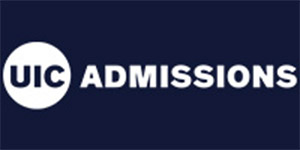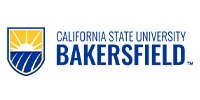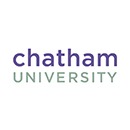Programme Type: Undergraduate
Course Overview
What is a Medical Illustrator?
A medical illustrator is a professional artist with advanced education in the sciences (biology, human anatomy, physiology) and in art and design (illustration, 2D/3D/4D digital design, animation, interactive media). They are skilled in creating art that illustrates the things we often cannot see (internal organs of a body, cells and molecules, muscle tissues, and tendons) or that need deeper explanation (how a surgery takes place, the inner workings of the human body, how a disease progresses).
Medical illustrators work with scientists, physicians, surgeons, researchers, and other medical specialists to take complex scientific information and distill it into visual images that can be used in a wide range of applications. These can include textbooks, brochures, infographics, interactive models, 2D and 3D animations, motion graphics, courtroom exhibits, digital presentations, educational materials, and more.
Medical Illustration Courses
During the first two years of the medical illustration degree, you will focus on developing your drawing and traditional illustration skills. During this time, you’ll attend human biology, anatomy, and physiology classes. Building on this foundation of science courses, the third and fourth years of the major emphasize 2D and 3D computer illustration and animation. As a third and fourth-year student, you’ll attend Human Gross Anatomy, a course that includes full head-to-toe dissection in RIT’s Cadaver Lab, one of the few undergraduate cadaver labs in the nation. Through collaboration with area hospitals, you will also be able to draw from direct observation of surgical procedures and medical treatments in progress. The medical illustration degree explores all aspects of health care, from the molecular level through the macroscopic and into the theoretical.
Digital technology is integrated into the medical illustration program, which enables you to create highly polished, sophisticated images and well-designed, interactive, educational media presentations that include motion graphics, animation, and sound. You will graduate from the program with a comprehensive medical illustration portfolio that demonstrates your artistic talent, knowledge of scientific visualization, and expertise using multimedia.
Entry Requirement
Admission Requirements:
The admission process, requirements, and guidelines are the same for all undergraduate students. As an international student, you will also be required to demonstrate English language proficiency, and RIT will consider students at all levels of English language proficiency for admission.
You should apply for undergraduate admission to be considered for these options:
- Full university admission: If you meet English language proficiency standards, you will be considered for admission to the academic degree program you choose.
- Conditional university admission: If you do not meet English language proficiency standards you will be considered for admission, and will need to complete additional courses through RIT’s English Language Center in addition to their academic degree program.
|
Test Type |
Minimum Score for Full Admission |
Score for Conditional Admission |
|---|---|---|
|
Internet Based TOEFL (iBT) |
79 |
78 or lower |
|
PTE Academic |
58 |
57 or lower |
|
IELTS |
6.5 |
6.0 or lower |
Freshman Admission
For all bachelor’s degree programs, a strong performance in a college preparatory program is expected. Generally, this includes 4 years of English, 3-4 years of mathematics, 2-3 years of science, and 3 years of social studies and/or history.
Fees
Full-time Tuition (12-18 credit hours)
Per Semester: $26015
Per Year: $52030
Total Estimated Cost of Attendance
Per Semester: $34638
Per Year: $69276
Part-Time Tuition Fees
The charge per credit hour is $1760. Multiply the number of credit hours by this amount to calculate your total.
This information was accurate on : 08/04/2021
Please contact us for more information about this courses


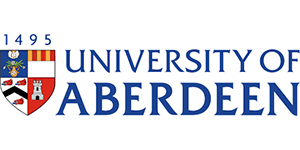
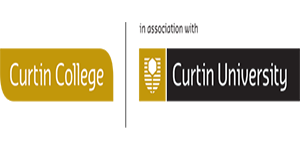
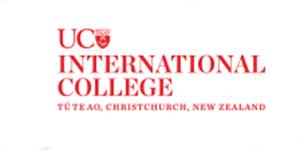

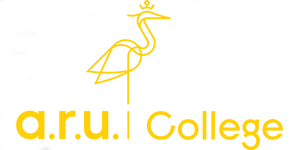




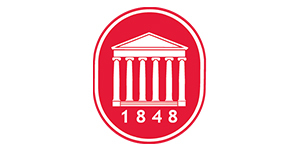
.jpg)
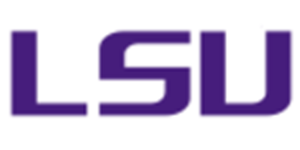

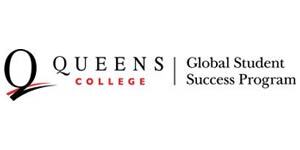
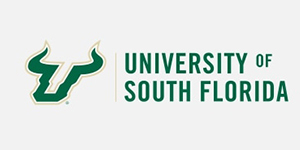
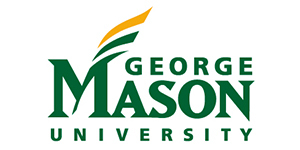

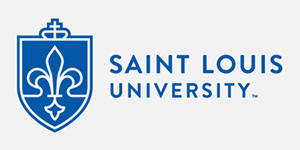


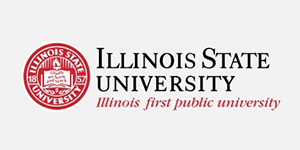
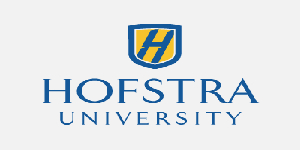
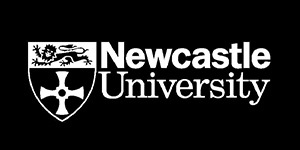
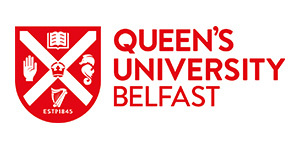

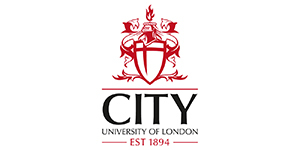
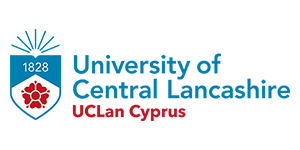
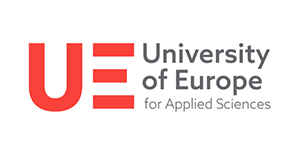
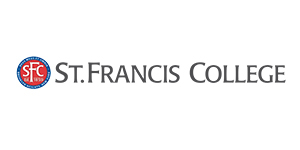


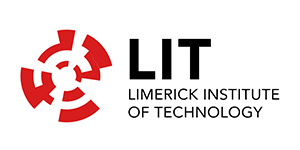


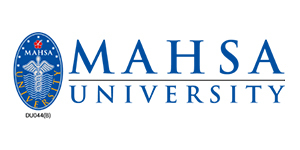




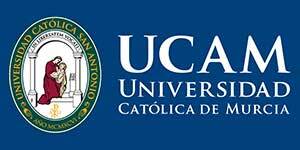
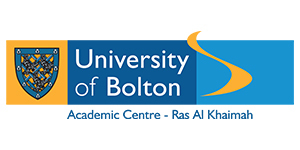
.jpg)


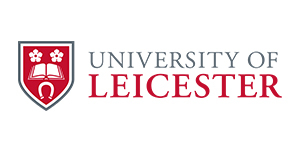
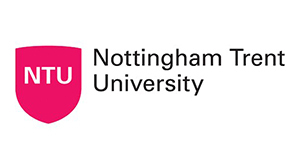
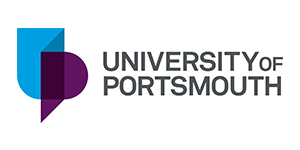
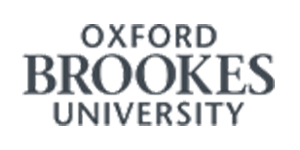

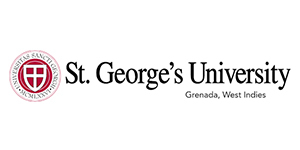




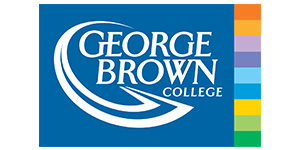
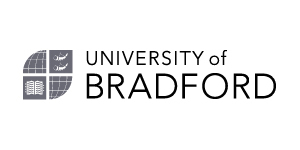
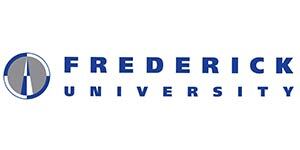

.jpg)



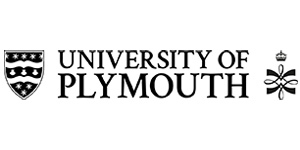

.jpg)

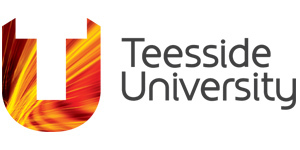
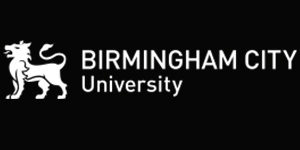
.jpg)
.jpg)


